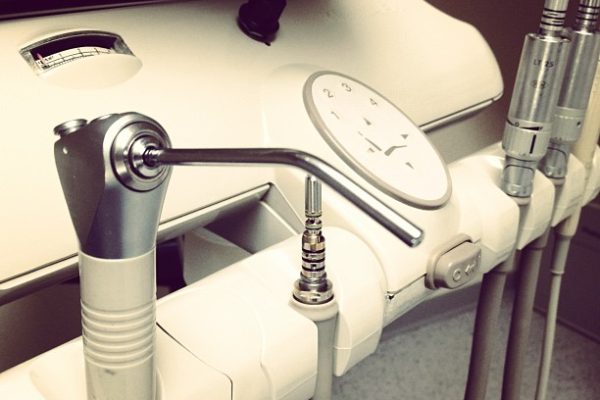Reclaiming Comfort and Confidence: A Definitive Guide to Breast Reduction Surgery
For many women, large breasts can present not only aesthetic challenges but also significant physical and emotional burdens. Beyond impacting clothing choices and self-image, excess breast tissue can cause neck and back pain, posture problems, and even difficulty exercising. Fortunately, breast reduction surgery, also known as reduction mammoplasty, offers a solution. This meticulously crafted procedure helps women reclaim comfort, balance, and a new sense of confidence.
Unveiling the Canvas: What is Breast Reduction Surgery?
Breast reduction surgery aims to reduce the size and weight of the breasts to achieve a more proportional and manageable figure. It accomplishes this by:
- Removing excess breast tissue: The surgeon removes a controlled amount of breast tissue, tailoring the reduction to the individual’s anatomy and desired outcome.
- Reshaping the remaining tissue: The remaining breast tissue is reshaped to create a more natural and aesthetically pleasing appearance.
- Repositioning the nipple-areola complex: In some cases, the nipple and areola are repositioned to maintain a natural appearance and ensure proper nipple function.
Breast reduction surgery caters to women seeking:
- Reduced physical discomfort: Pain management from back, neck, and shoulder strain caused by heavy breasts.
- Improved body proportion: A more balanced figure and silhouette, enhancing clothing choices and overall confidence.
- Psychological well-being: Reclaiming a sense of body ownership and freedom from the limitations imposed by large breasts.
Building the Foundation: Who is a Good Candidate for Breast Reduction Surgery?
While the desire for smaller breasts may be widespread, certain factors determine suitability for breast reduction surgery:
- Physical health: Good overall health and a stable weight are crucial for optimal surgical outcomes and minimize risk. Pre-operative health evaluations are essential.
- Realistic expectations: Understanding the procedure’s limitations and acknowledging individual factors influencing final results are crucial for realistic expectations.
- Completed breast development: Ideal candidates are typically over 18 years old with fully developed breasts.
- Psychological preparedness: Breast reduction surgery is a life-changing decision. Emotional readiness and a clear understanding of the implications are essential before embarking on this journey.
Sculpting the Masterpiece: How is Breast Reduction Surgery Performed?
The intricate art of breast reduction surgery unfolds in a series of meticulously crafted steps:
- Anesthesia: General anesthesia ensures patient comfort and safety throughout the procedure.
- Incisions: The type and location of incisions depend on the amount of tissue removal and desired outcome. Common incision patterns include:
- Periareolar: Incisions made around the edge of the nipple-areola complex, resulting in minimal visible scarring.
- Vertical: An incision made vertically down the center of the breast, used for moderate to severe reductions.
- Anchor-shaped: A combination of periareolar and vertical incisions, offering greater flexibility for complex cases.
- Tissue removal: Excess breast tissue is carefully removed through the incisions, ensuring both functional and aesthetic considerations.
- Reshaping and repositioning: The remaining breast tissue is reshaped and repositioned to create a natural and aesthetically pleasing form.
- Nipple-areola complex adjustments: In some cases, the nipple and areola complex may be repositioned to maintain proper function and a natural appearance.
- Closure: Incisions are meticulously closed with sutures, minimizing visible scarring and promoting smooth healing.
Nurturing the Masterpiece: Recovery Process and Beyond
Following the artistry of breast reduction surgery, a dedicated path to optimal recovery is vital:
- Initial discomfort and swelling: Discomfort and swelling in the breast area are expected and managed with medication and rest.
- Drainage tubes: In some cases, temporary drainage tubes may be placed to remove excess fluid.
- Compression garments: Wearing a compression garment promotes healing, minimizes swelling, and supports the new breast shape.
- Limited physical activity: Strenuous activities should be avoided for several weeks to allow proper healing and tissue stabilization.
- Follow-up appointments: Regular check-ups with the surgeon are crucial to monitor progress, address any concerns, and ensure optimal results.
- Maintaining a healthy lifestyle: A balanced diet and regular exercise are crucial for long-term maintenance of the sculpted aesthetic.
Breast reduction surgery can be a transformative experience, empowering women with newfound physical comfort, emotional freedom, and a renewed sense of confidence. By understanding the intricacies of the procedure, potential candidates can embark on this journey with informed decisions and realistic expectations, ready to unveil the masterpiece within.












